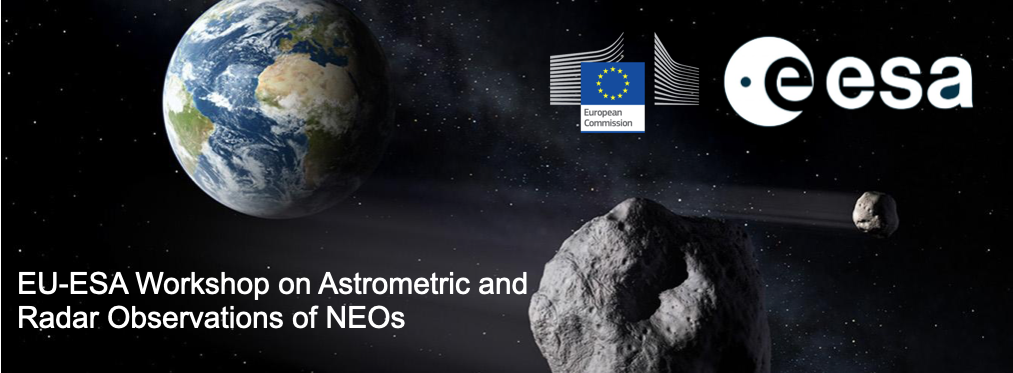Speaker
Description
Planetary radar observations provide a powerful tool for post-discovery characterisation of the physical and dynamical properties of asteroids, comets, the Moon, and terrestrial planets. Radar systems can measure the asteroid’s radar cross section and Doppler broadening, which provide information on the asteroid’s size, rotation rate, and the composition. Radar can also be used for range-Doppler imaging by mapping the reflected power as a function of the Doppler frequency and the range (based on the signal’s round-trip time), which allows imaging resolutions finer than 10 meters per pixel at best, and thus direct observations of morphologic features and possible moons. Furthermore, radar is the only ground-based instrument that can directly probe the near-surface internal structure of asteroids.
I will discuss the physical characterisation of near-Earth objects (NEOs) using radar observations as a tool for understanding the diversity of NEOs by means of numerical inversion modelling of radar polarimetry. Traditionally, primarily the circular polarisation ratio has been used as a measure of surface roughness; however, surface roughness is only one factor in the observed radar polarimetry. I demonstrate that both surface and subsurface (volume) scattering has to be considered using realistic rubble morphologies, size distributions, and dielectric properties, and in contrast, whether these properties can be constrained based on radar polarimetric observations when data quality allows.

